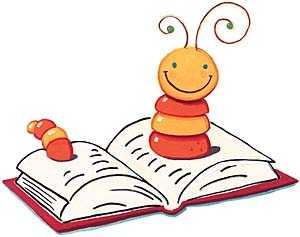Locomotion by Jacqueline Woodson
1. Woodson, J. (2003). Locomotion. New York, NY: Putnam Juvenile.
2. Summary: Since his parents died, eleven year old Lonnie Motion, whose nickname is Locomotion, has been adjusting to his new life. He has been separated from his letter sister, Lili, and is living with his foster mother Miss Edna. Miss Edna is constantly hushing Lonnie because she is not used to the constant energy he brings. Not only is Lonnie adjusting to a new home, he is also getting used to a new school filled with people who do not know anything about his past or background. The saving grace is his teacher Ms. Marcus. Ms. Marcus helps Lonnie express himself through his writing. Through his writing, Lonnie begins to remember his past and cope with his future.
3. Critical Analysis: Locomotion is a novel in verse. The story is told in 60 poems written by the main character, Lonnie. Each poem reveals more and more about Lonnie’s past and his feelings toward his present circumstances and his future. He is an adolescent boy and so his story is occasionally funny yet very poignant. The assignment turns into a cathartic experience for Lonnie that helps move him through his grief. When reading, Lonnie is a “presence you can feel like they were sitting next to you” (Kirkus, 2002).
According to Jacqueline Woodson’s website, Locomotion has won several awards: National Book Award Finalist, Coretta Scott King Honor, 2003 Boston Globe–Horn Book Award, Horn Book Fanfare List, and School Library Journal Best Book, to name a few. Woodson states that she wrote this book because “Lonnie’s voice was in my head” (Woodson, 2011). Reviewers as a whole enjoy Locomotion. A reviewer on Amazon, Lisa, stated, “It is a moving story, and Lonnie's voice is spot on”. Lisa was accurate in her description of the novel as “moving”. The story is not meant to be lighthearted, although Lonnie injects some levity into the book from time to time. Lonnie’s story of losing his parents in a fire and resurrecting the happy life he knew is heartbreaking.
Although this was her first novel in verse, Woodson does an excellent job at portraying the genre of poetry as a means to tell a compelling story. Lonnie’s poems come in all forms. For example, in a sonnet, "Ms. Marcus says "sonnet" comes from "sonnetto"/ and that sonnetto means little song or sound/ It reminds me of that guy's name Gepetto/ the one who made Pinocchio from wood he found". The writing is clever and keeps the reader engaged in the poem at hand and the story as a whole.
Overall, Locomotion is an excellent novel for a YA reader that is looking for something moving. It would also be an great addition to a poetry unit in a classroom. With the various forms of poems found in the novel, it would be a clever way to review poetry as a whole while sifting through a story that has depth and complexity.
References
Kirkus. (2002, November 15). [Review of Locomotion by J. Woodson]. Retrieved from https://www.kirkusreviews.com/book-reviews/jacqueline-woodson/locomotion/.
Lisa. (2012, August 10). [ Review of Locomotion by J. Woodson]. Retrieved from http://www.amazon.com/Locomotion-Jacqueline-Woodson/product-reviews/0142415529/ref=cm_cr_pr_viewpnt_sr_5?ie=UTF8&filterBy=addFiveStar&showViewpoints=0&sortBy=bySubmissionDateDescending.







